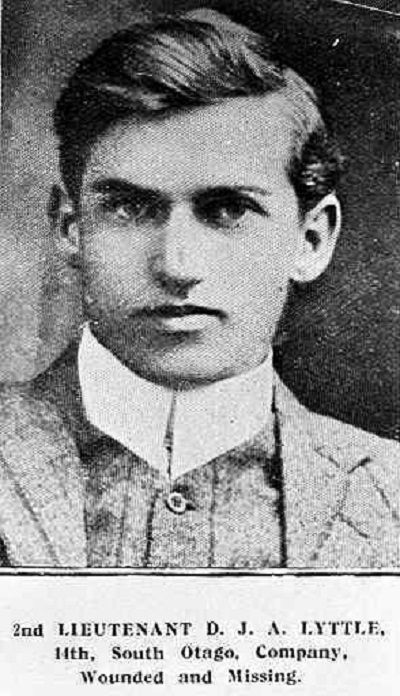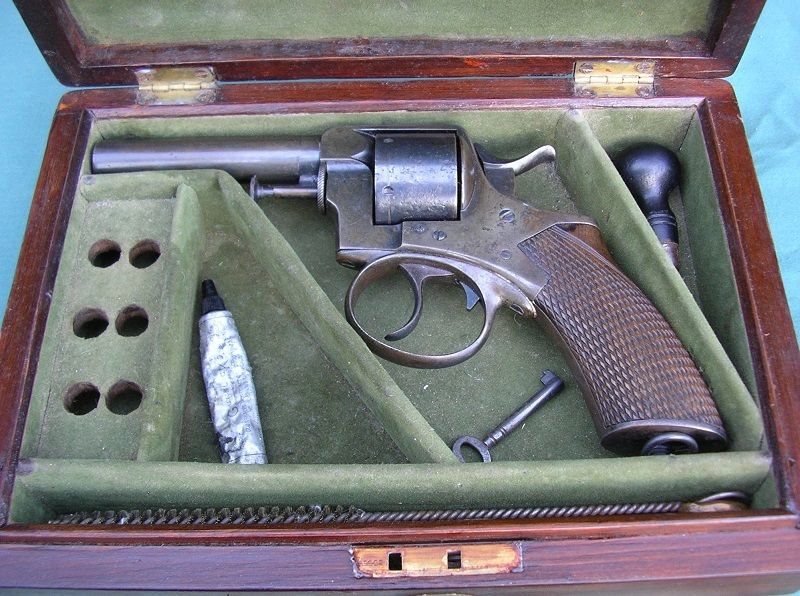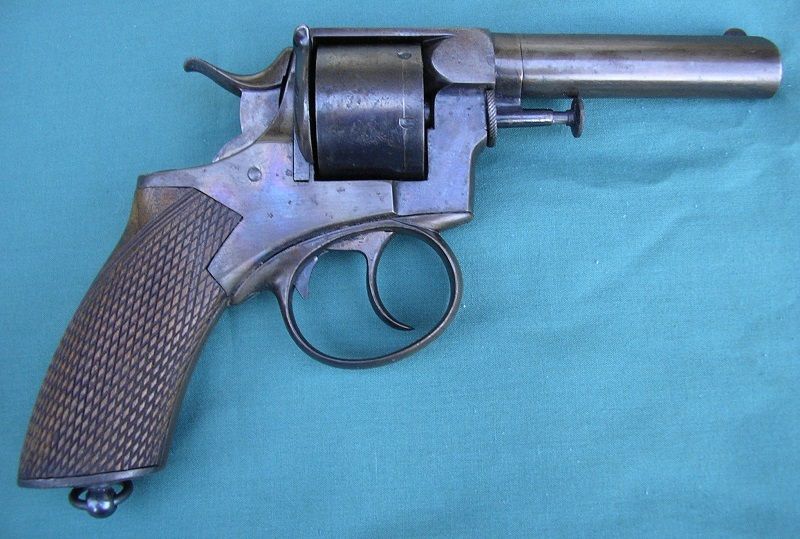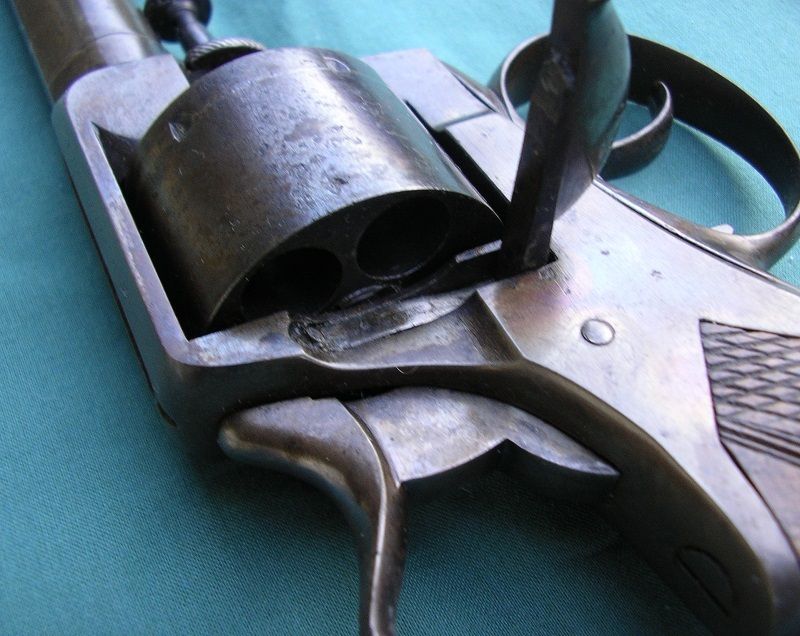
 |
Recent Books by Forum Members |

 |
 |
|
|
|||||||
 |
|
|
Thread Tools | Display Modes |
|
#46
|
||||
|
||||
|
Today is the 100th anniversary of David John Albert Lyttle, an ANZAC killed in action, 3rd May 1915.
Lest we forget. A FALLEN OFFICER THE LATE LIEUTENANT LYTTLE. The late Lieutenant D. J. A. Lyttle (Otago Battalion), who was killed in action at the Dardanelles, was an extremely popular and talented young officer, and the news of his supreme sacrifice for the Empire will be received with mingled feelings of pride and the deepest regret by the wide circle of his acquaintances and friends.  David John Albert Lyttle, was the eldest son of John and Catherine Lyttle, of Chatton Road, Gore, and was born at Waikaia in 1888. He received his early training in his fathers’ school at Longridge, where he obtained an Education Board scholarship and proceeded to the Southland Boys High School at Invercargill. During the two years David Lyttle spent at Invercargill he took a prominent part in the school sports. Electing to enter the teaching profession, he was appointed third assistant at the Gore School, in which capacity he served for seven years. He was then promoted to the position of first assistant at East Gore School, but, owing to a decrease in the attendance, he was transferred to Kaitangata as second assistant. After two years service under the Otago Education Board he returned to Gore as first assistant in the Gore School. As an authority on local geology, botany and as a mountaineer, David Lyttle was well known, especially in connection with the exploration of the West Coast Sounds region. In 1906-7 he made his first trip to the West Coast via McKinnon's Pass, in company with Messrs Ireland, Jones, Fraser and Bundell. His second trip in 1908-9, with Messrs Grave, Talbot (of Greymouth), and Gifford, was a most arduous one. The party left the beaten track, and during their exploration of the Routebum and Hollyford Valleys, Moraine Creek and Lake Adelaide, they subsisted for 13 days of continual rain upon the most meagre provisions, eked out by wild cress and snowgrass. During this trip Lyttle's Falls, 1000 ft high, were discovered in the vicinity of Lake Adelaide. Shortly after the Boy Scout movement was started in New Zealand (1908), David Little was to become the first Scout Master in the Gore District, earning a number of accolades for his scouting work, and rising to Chief Scoutmaster in 1910 and District Commander by 1912. In 1909-10 David Lyttle was one of Mr. Grave's party who set out to discover a new route to the West Coast. The route became known as Grave's Pass, and was later cleared and made practicable as an alternative route for tourists. During this trip David Lyttle, owing to ill health, was obliged to leave his companions, and without compass or map to make his way home alone through a trackless and unexplored wild of mountain and bush. Missing the crossing of the Hollyford, he was swept down the stream, bruised and battered among the rocks, until finally, by a miracle, he was thrown upon the other bank in an exhausted condition. In 1910-11 Messrs Lyttle, Talbot and Grace accomplished the feat of scaling Mount Balloon, an undertaking hitherto considered impossible. David Lyttle was the first to climb Mount Lyttle. Mount Lyttle is North East of Mount Christina in the Hollyford valley area, it was previously known as “Billy the B”. August 1911 – “Lieutenant Lyttle has his hands full with his Territorial work, and the Scouts have perforce at present to suffer. He has informed his Commissioner that he may have to resign. It is to be hoped that this may not be the case, as he is a good officer, and can ill be spared.” In 1911--12 Messrs Lyttle and Grenfell made a trip to Preservation Inlet. Here again they were within an ace of losing their lives, as, during a sudden storm, they were caught in an open boat, and Mr. Grenfell was obliged to hold the boat against the sheer face of a cliff by clinging to a ledge with his fingers for more than an hour, Lieutenant Lyttle meantime lying incapacitated in the bottom of the boat. David Lyttle had twice done the volcano district of the North Island, once with Mr. Grenfell alone and later with Messrs Grenfell, Mackenzie and Strachan. On the latter trip Ruapehu, Tongariro and Ngauruhoe were successfully scaled. In 1912-13 Messrs Lyttle and Catchpole visited the Blue Lakes, and in 1913-14 a party of four — Messrs Lyttle, Grave Talbot, and Mackenzie — explored Monkey Creek. During these trips David Lyttle earned for himself a reputation for intrepidity and nerve, but for which characteristics his own life and those of his companions would again and again have been jeopardised. David Lyttle always took a great interest in military matters. While at Gore he was associated with Mr. Grenfell in cadet work, and while at Kaitangata he received a commission as second lieutenant with the 14th (South Otago) Regiment. He was a close student of military tactics, and followed with the greatest interest the operations of the great campaigners of the times. It is strange to record that he had made a special study of the battle lines of Plevna. At the call to arms he offered his services within 24 hours, and left with the main body of the Expeditionary Force. On 2 May 1915, after the landing at Gallipoli, the Otago Infantry Regiment was committed to New Zealand's first 'big push' of the First World War. This involved an attack on a small hill, code-named Baby 700, and was heavily defended by Turkish machineguns. The plan was too ambitious, poorly prepared and uncoordinated – the Otago Battalion failed to make its start line in time. The failure to arrive at the appointed time was attributed to a number of causes, namely, the activity of enemy sharpshooters in the trenches at the head of Monash Gully commanding certain points of the approach; congestion due to stretcher parties moving down the valley towards the beach; and, principally, the half battalion of the Naval Brigade in Monash Gully not having cleared the road sufficiently. It was a night operation; there was the final rush and hurry in the endeavour to recover some of the time lost during the approach march; and the country was exceedingly steep and difficult, there being occasions moving up to assembly positions when the machine guns had to be hauled up steep faces by means of ropes. In face of all these adverse conditions, the Battalion nevertheless advanced to the attack immediately it arrived at its starting point, which was a few yards in advance of the Pope's Hill trenches. Forewarned by an earlier advance by the Australians, the Turks were ready and waiting entrenched some 50 – 100 yards from the edge of the face of the Gully. The Otago’s advanced by platoon with their officers at the lead. Line after line the Otago’s went forward, some lines didn’t take two paces over the crest when down they went to a man and on came another line, knowing that it had already failed. The net results in respect of ground permanently gained were nil. What was left of the Otago Battalion was then placed in general reserve on the beach. 2nd Lieutenant David Lyttle (8/1107) Otago Infantry Regiment, was at first reported wounded and then reported missing, and finally reported to have been killed. 2nd Lieutenant David Lyttle is commemorated at Lone Pine Memorial, Lone Pine Cemetery, Anzac, Turkey. David Lyttle’s younger brother Herbert would later embark with C Company, 19th Reinforcements, Canterbury Infantry Battalion. He would survive the war.  It is possible that David Lyttle carried this revolver during his exploration of the West Coast Sounds region, but it is more likely to have been used during his service as a second lieutenant with the 14th (South Otago) Regiment.  The revolver is a typical commercial variant of the Royal Irish Constabulary standard pattern, solid frame, 6 shot, .450 revolver. Circa 1903 – 1906. Manufactured by Webley & Scott Revolver & Arms Co. Ltd. Birmingham. Finished, adjusted and sold by Joseph Braddell & Son, Castle Place, Belfast. Loading and spent cases are ejected successively through a pivoting gate on the right side of the frame behind the cylinder.  They shall grow not old, as we that are left grow old: Age shall not weary them, nor the years condemn. At the going down of the sun and in the morning We will remember them. |
|
#47
|
||||
|
||||
|
This photo is a sad reminder, that officers also put there lives on the line. Half of those pictured ,in this small group of North Auckland officers ,lost their lives in May 1915,and another wounded .The remainder ,went on to have distinguished army careers
Standing 1.Lieutenant Norman Weir ,12/39. Last rank held, Major General(WW2). K.B.E ,C.B, and U.S.A Legion of Merit .18th Battalion ,WW2. 2.Lieutenant Noel Steadman ,12/4.Killed in action between 6th-10th May,1915 Gallipoli . 3.Lieutenant Thomas Screaton ,12/32.Killed in action between 6th-10th May,1915.Gallipoli. Sitting. 1.Lieutenant Charles McClelland ,12/13.D.S.O, M.I.D. 2.Major Robert Bayly , 12/26.Killed in action ,20th May 1915.Gallipoli. 3.Captain John Bartlett.12/5.Wounded in action 10th of May,1915 ,Gallipoli. Invalided home .Also served with the 46th reinforcements ,WW1. |
|
#48
|
||||
|
||||
|
The final episode '6' is now available of Building Gallipoli:
"Come behind the scenes with Te Papa & Weta Workshop as we build an exhibition like no other." http://gallipoli.tepapa.govt.nz/ |
|
#49
|
||||
|
||||
|
In November I'm taking my two eldest sons ( of four) to a school camp in Wellington ,and we are going to take in this exhibition .Looking forward to what Sir Peter has come up with .
|
 |
| Thread Tools | |
| Display Modes | |
|
|
 |